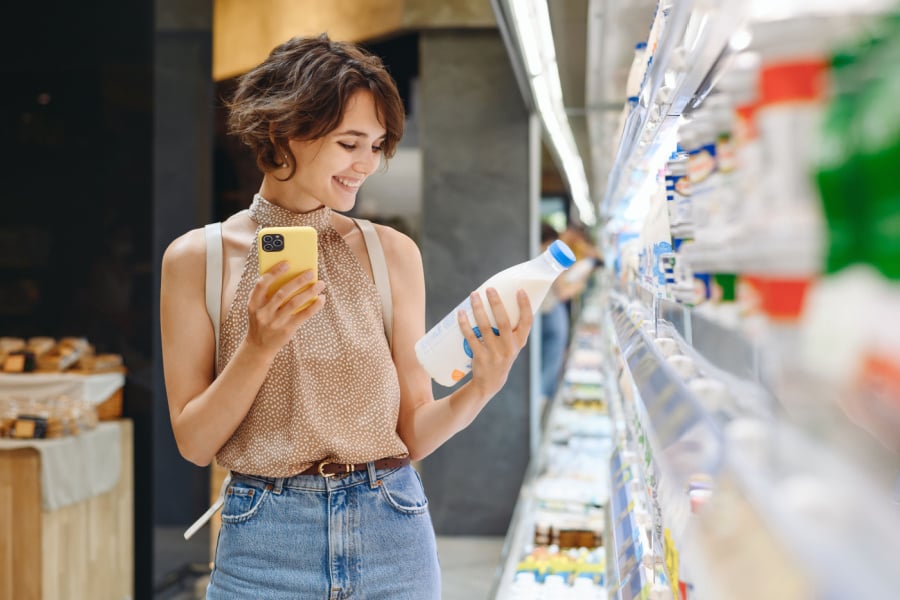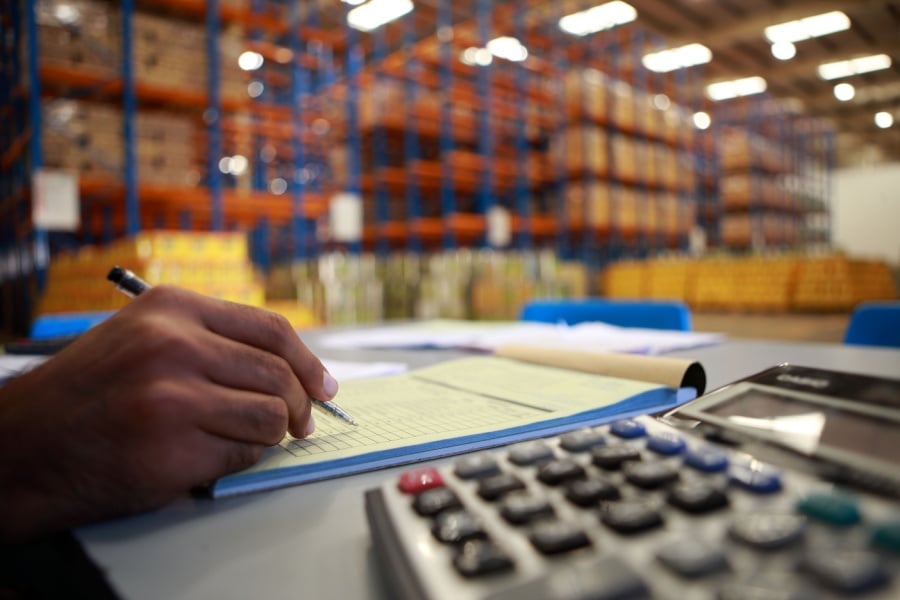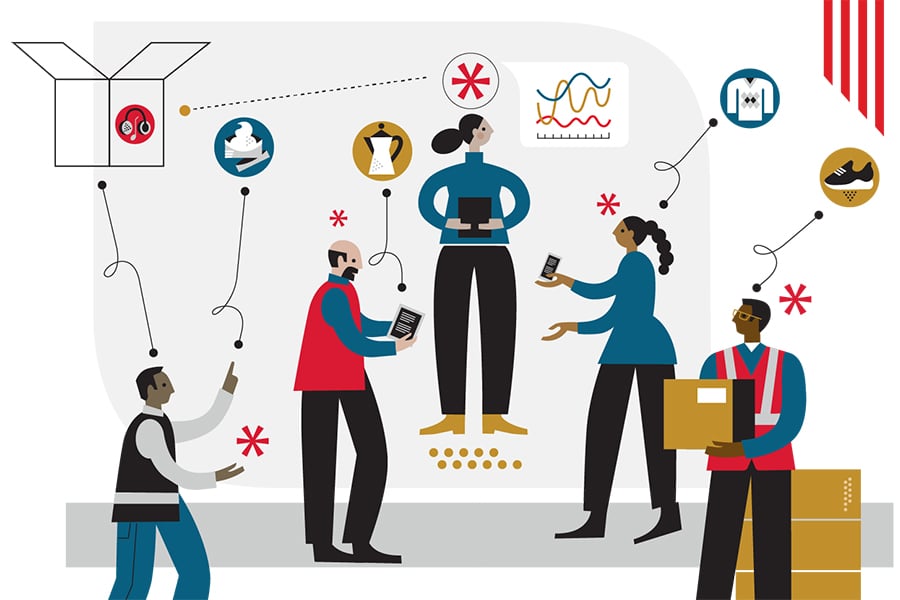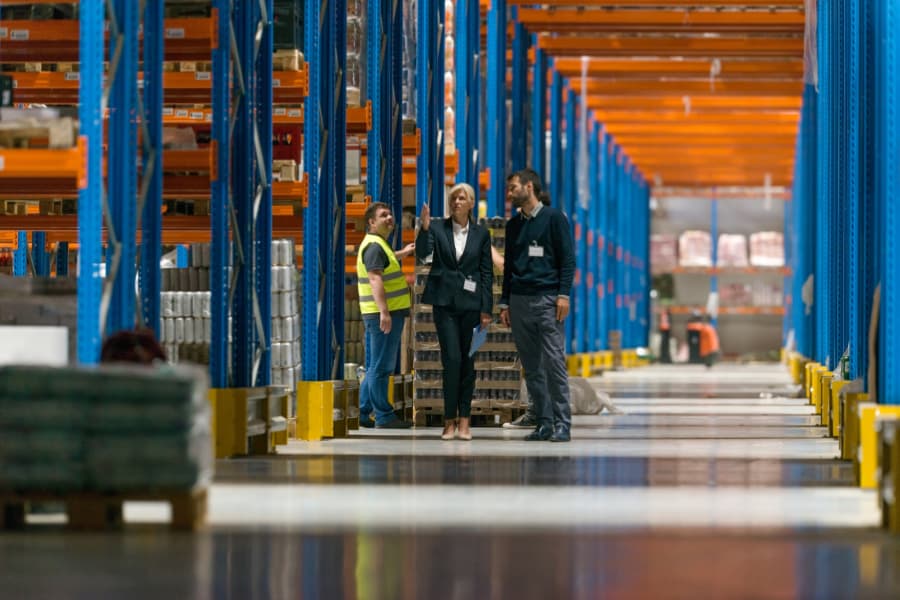How food reaches consumers looks different now than it did before the pandemic—and the change has transformed supply chains across all industries.
Grocery stores are adjusting floor layouts to accommodate both curbside pickup and in-store shoppers. At the same time, food production companies are reconfiguring transportation lanes to distribute to both wholesale and retail outlets.
The reset that’s happening in the food & beverage industry is a big deal because the supply chain must accommodate changes in distribution and be nimble to respond to future shifts. In response to these demands on the food supply chain, food retailers are investing in technology that provides them with real-time visibility into shipments, information that they can then relay to consumers.
How Consumers Have Changed
For years, the food industry has lagged behind other retail sectors in its use of e-commerce. But the pandemic forced the issue. When going out to buy groceries at a supermarket felt less safe, consumers turned to mobile apps for home delivery of groceries or resorted to curbside pickups from stores.
Since 2020, the online sector of food retail jumped by a whopping $180 billion, according to Mercatus. While some of these changes in habits have lessened, more consumers prefer the Buy Online, Pick Up in Store (BOPIS) model for food shopping today. In fact, online grocery sales are estimated to increase to $250.26 billion by 2025, according to Mercatus. It stands at $186 billion today.
There is an omnichannel behavioral shift: consumers shopping in-store for food they want to inspect before buying; a subscription model for predictable consumables, such as coffee; and curbside for the rest.
Effects on the Supply Chain
To meet changing consumer behaviors during the pandemic, stores reconfigured their back-end processes. Dark stores, places that are closed to the public and used primarily for order fulfillment, became more common. Store employees turned into runners, picking and assembling orders. The omnichannel model of grocery shopping is also making stores rethink how they apportion their square footage between warehouse and shopping lanes.
The pandemic didn’t just change consumer habits. It wreaked havoc up and down the food supply chain. Pork processing plants shut down due to worker illness. Food packaging materials, typically imported, were suddenly in short supply. Mass packaging lines in factories had to reconfigure their production lines to accommodate the end-point of the supply chain: homes instead of restaurants. Transportation costs shot through the roof, too.
There were supply chain disruptions coming from every angle and all day long. It was such a significant change overnight.
An Appetite for Greater Visibility
The changes really pointed to the need to have visibility into your supply chain, to be nimble, to react quickly and adjust.
By digitizing transactions and processes up and down the food supply chain, RyderShare™ offers that visibility. The technology moves opaque pen-and-paper trails into the digital world and allows food retailers to seamlessly share real-time information to all the players in their supply chain.
Such visibility leads to improved collaboration. Now you can communicate with your partners. You can take something that’s not predictable and make it more predictable for everyone.
While the pandemic was a big shock, and it invited change, another shock is likely. Having the right technology will help cushion it.




